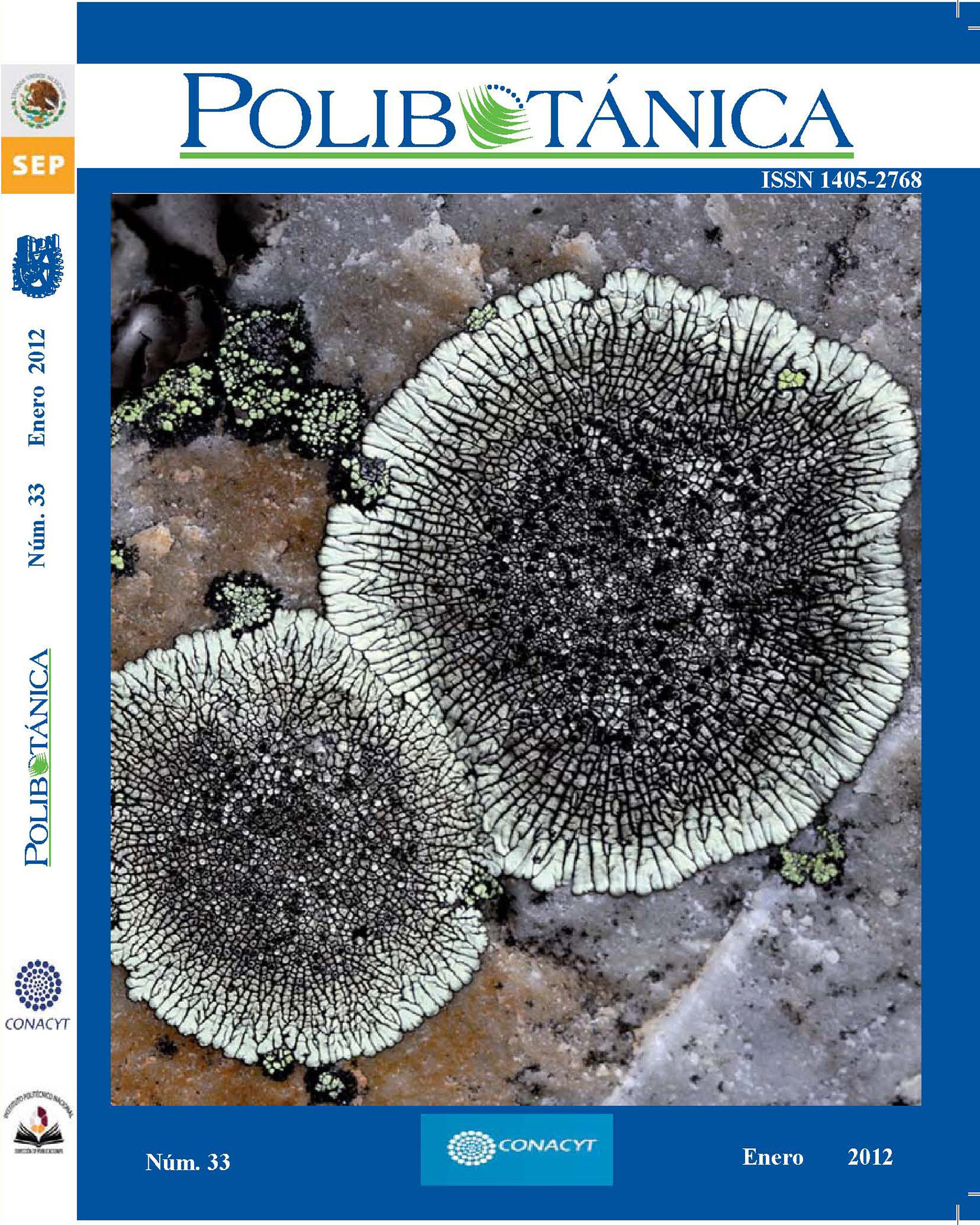DIVERSIDAD, ESTRUCTURA Y COMPOSICIÓN DE LAS ESPECIES LEÑOSAS DE LA SELVA MEDIANA SUBCADUCIFOLIA DEL PUNTO DE UNIÓN TERRITORIAL (PUT) DE YUCATÁN, MÉXICO
Abstract
This research was conducted at the
Territorial Union Point (PUT), south of
Tekax, Yucatan, Mexico. The aim of this
study was to determine the composition of
woody species, to characterize the vertical
and horizontal structure and quantify
the diversity of woody species in semideciduous forest. 0.1 ha were sampled by
the quadrats method and recorded all woody
species ≥ 1.0 cm DBH and ≥ 1.5 m tall. As
a result of the present study, 103 species
were recorded for 0.1 ha, with the families
Fabaceae, Euforbiaceae, Rubiaceae and
Flacourtiaceae with the highest number of
species. The species with highest relative
importance value were: Caesalpinia
gaumeri, Manilkara zapota, Bursera
simaruba, Croton reflexifolius, Piscidia
piscipula, Gymnopodium floridundum and
Talisia olivaeformis. We used the diversity
index of Shannonn-Wiener and floristic
similarity was assessed with Morisita’s
index, being 4.2 of diversity and 0.8
evenness. 25 species endemic. The PUT
presents greater plant diversity than other
Natural Protected Areas (PNA’s) and even
greater number of endemic species. At
a comparative level with other national
geographical areas, the PUT is among the
richest ones in woody species (second in
species richness). Our results suggest that
this area should be declared as a protected
area because of the high plant diversity.
Downloads
Published
Issue
Section
License

Polibotánica by Departamento de Botánica de la Escuela Nacional de Ciencias Biológicas del Instituto Politécnico Nacional se distribuye bajo una Licencia Creative Commons Atribución-NoComercial-CompartirIgual 4.0 Internacional.




















